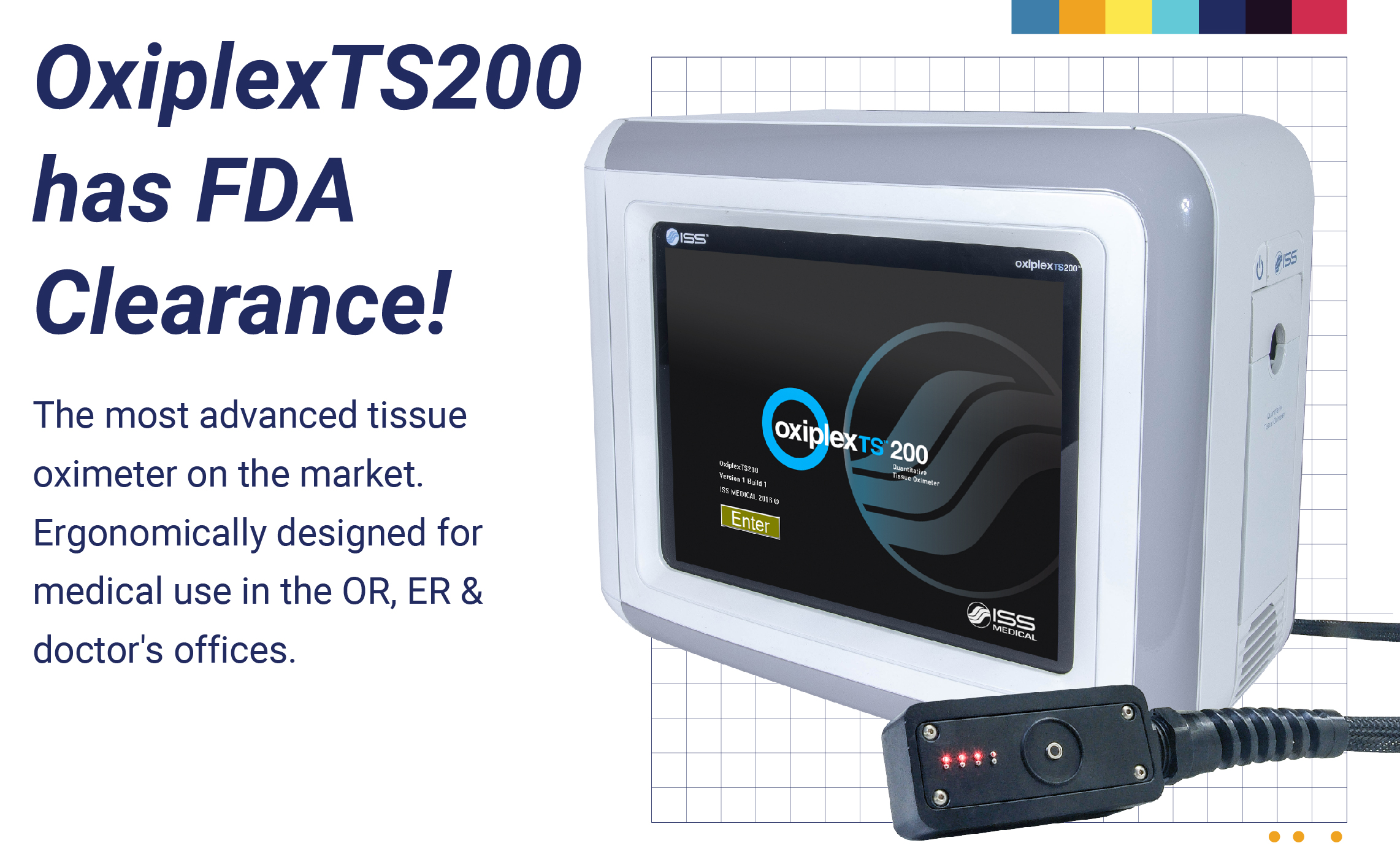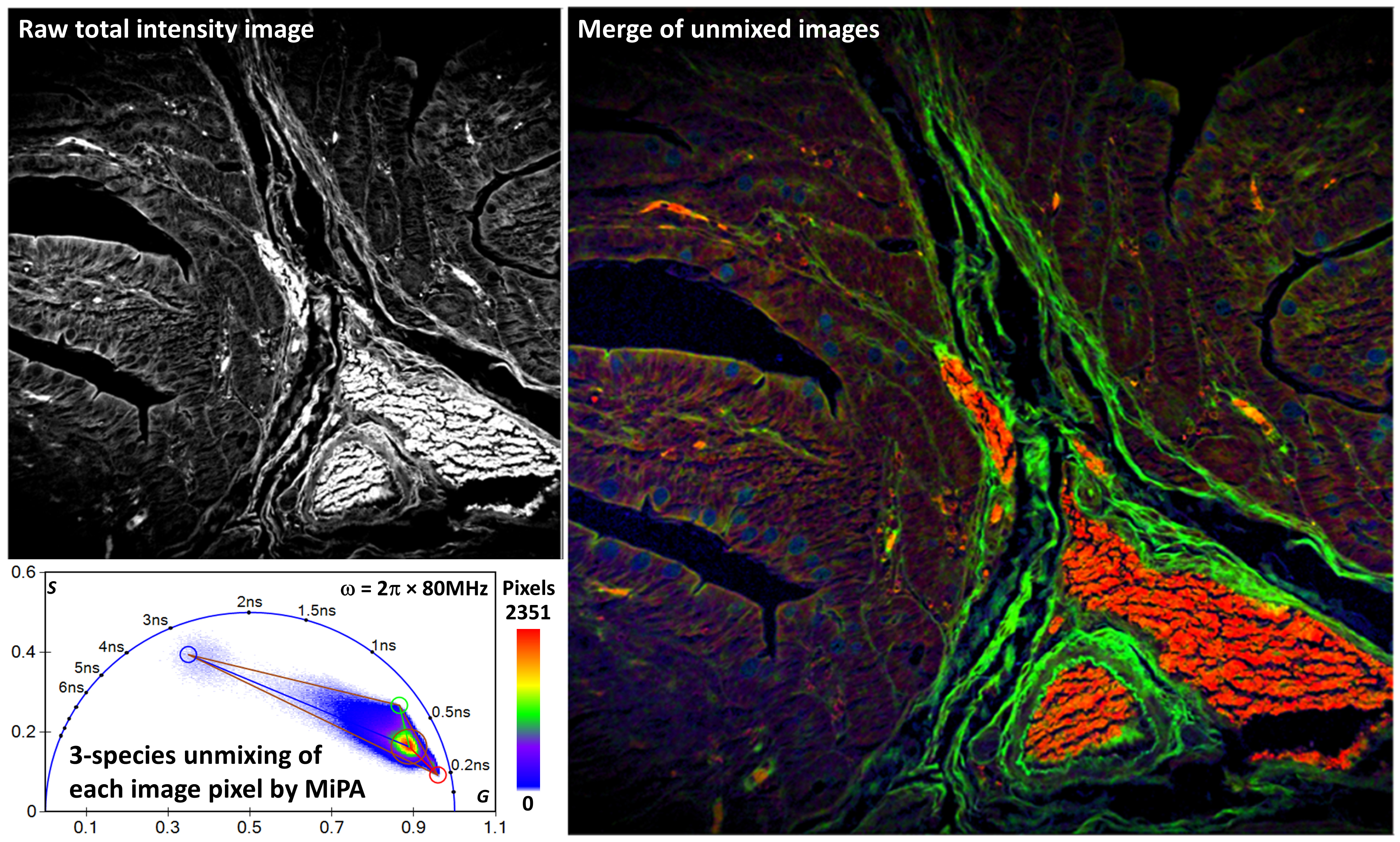NEWS

ISS OxiplexTS200 FDA Clearance
Champaign, Illinois - March 1, 2024 - ISS is very excited to announce that their most versatile and advanced tissue oximeter in the market, the OxiplexTS200, has received clearance from the Food and Drug Administration 510(k) and can now be marketed to and purchased by hospitals, clinics, physicians, etc. for medical use. Several areas within medicine and medical research may benefit from the OxiplexTS200 including Monitoring Brain Oxygenation in the OR/ER/ICU, Anesthesiology, Cardiothoracic & Vascular Surgery, Neurosurgery, ADHD, and Obstructive Sleep Apnea Syndrome, although, initially, ISS will focus on the management of diabetes and its effects on peripheral vascular disease. Visit iss.com for more information.
OxiplexTS200 – Quantitative Tissue Oximeter
The OxiplexTS200 is a non-invasive, near-infrared, dual-channel, quantitative tissue oximeter that provides oxy- and deoxy-hemoglobin concentrations and oxygen saturation in the tissue on two separate and independent channels. A touchscreen monitor is integrated into the device making it portable and easy to use either as a patient bedside monitor or, using 10 m long fibers, as an integral instrument of the OR room. The compact design includes easy access to the calibrator, protected USB ports, pole mount clamp and a handle for easy transportation.
The device is ergonomically designed for use in the OR, ER and doctor's office and is the most advanced tissue oximeter in the market. Rather than assuming ad hoc values for the optical parameters of the tissue, the OxiplexTS200 measures these parameters in real time for each patient. In this way, it provides a personalized absolute measure of the hemodynamic parameters.
About ISS: ISS has been developing scientific instrumentation since 1984 and holds the relevant patents in frequency-domain spectroscopy and tissue oxygenation. ISS always brings innovation, high performance, durability, and affordability to their instruments, which are installed worldwide in universities, research institutions, hospitals, and chemical and pharma companies.



